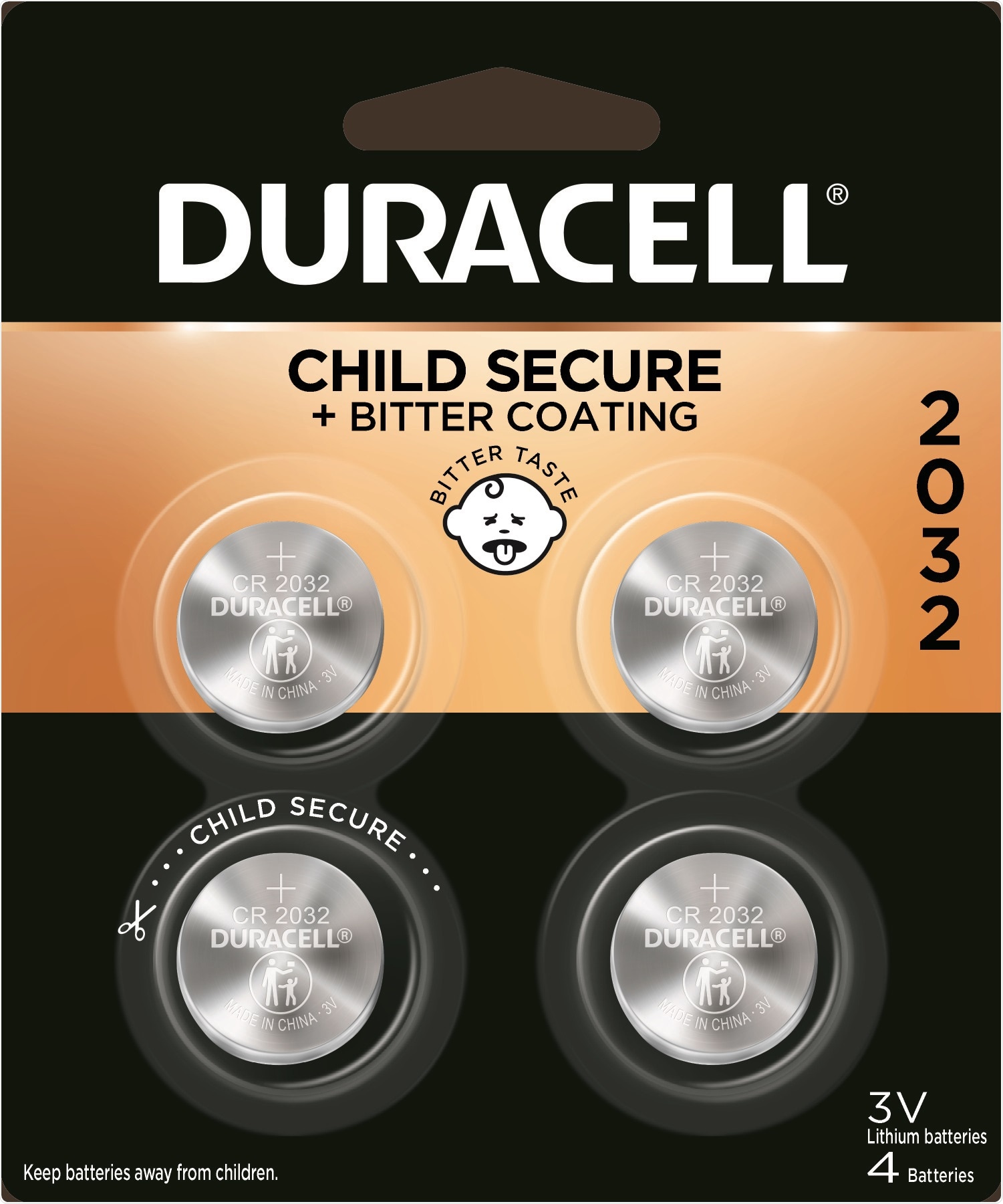I’m pleased to have partnered with Duracell for their Power Safely initiative, to help encourage parents of young children to learn more about lithium coin battery safety. Duracell and the American Academy of Pediatrics (AAP), joined forces to help educate parents, caregivers, and pediatricians like me about the importance of practicing lithium coin battery safety throughout the home.
Duracell has also developed the Power Safely Checklist which provides key information on lithium coin battery safety and serves as a tool for pediatricians to share with families.
Why is this cause so important?
Lithium coin batteries can have devastating results if accidentally swallowed. Duracell hopes to help reduce the number of accidental ingestions by continuing to help educate parents and caregivers on lithium coin battery safety as well as continuously working to develop new innovative technologies.
The Duracell Power Safely initiative kicked off in October 2020 to help reduce the risk of accidental ingestions and bring awareness to the hidden danger of lithium coin batteries. Even the most child-proofed homes can still have hidden dangers parents and caregivers may not be aware of. Duracell developed the Power Safely checklist to encourage families to practice hands-on prevention steps like using lithium coin batteries that come in child secure packaging and have a bitter coating to help discourage swallowing.
What is a lithium coin battery and what does it look like? What types of devices around the house commonly contain lithium coin batteries?
Lithium coin batteries are small, about the size of a nickel, and are found in many common household items like remote controls, key fobs, kitchen and weight scales, string lights and thermometers, and many other household devices.
Parents and caregivers can download the Duracell Power Safely Checklist online at Duracell.com https://www.duracell.com/powersafely for tips on how to help make their homes safer.
Why are lithium coin batteries so dangerous when ingested?
Young children are curious by nature, and part of their exploration of the world around them can include putting things in their mouths, which can be especially dangerous with items such as lithium coin batteries. A lithium coin battery is about the same diameter as a child’s esophagus so if swallowed, lithium coin batteries can become lodged in a child’s esophagus causing serious harm to the surrounding tissue in as little as two hours.
Duracell’s Power Safely Checklist includes tips to help parents and caregivers identify potential
hidden dangers in their homes and educate them on how to help make their home safer.
If a child does ingest a lithium coin battery, what should you do and not do?
If you suspect your child has ingested a lithium coin or other small battery, do not wait to take action. Take them to the emergency room immediately! If you aren’t able to drive, call 911 for help.
Can you describe a few simple steps that can enable parents or guardians to make their homes safer for children?
Here are five simple steps to help safeguard your home:
- Get down to your child’s eye level to see what they see. Look for loose lithium coin batteries in couch cushions, on low tables and shelves, or any other areas that a child can reach.
- Keep all new and used lithium coin batteries in a secure compartment, up high and out of a child’s reach. Secure lithium coin battery compartments by tightening the screws or securing them with tape. Tape could ensure the compartment does not accidentally open.
- Select Duracell lithium coin batteries that have a non-toxic bitter coating designed to help discourage swallowing and come in child-secure packaging.
- Toddlers and young children are curious by nature so close supervision is key. Team up with friends and family to spread this information and to help keep children safe.

Image Credit: Duracell
How can lithium batteries be made safer?
Duracell takes lithium coin battery safety very seriously and is continuously working to update safety features to help reduce the risk of accidental ingestions. Duracell’s 20mm lithium coin batteries (2032, 2025, and 2016 sizes) are available with a non-toxic, extremely bitter coating on the battery cell which is designed to help discourage a child from swallowing it.
Coupled with child secure packaging, which makes it nearly impossible to open without scissors, Duracell added the bitterant as another line of defense that can help to discourage swallowing if a child puts a lithium coin battery in their mouth.
How do you hope this initiative and spreading this information will help children and their guardians in the future?
The Power Safely checklist provides not only parents and caregivers with important information but helps to arm pediatricians like me with key information in an easy-to-share, double-sided, laminated card. Pediatricians can share this checklist with patients during well-child checkups to help explain things like:
- What a lithium coin battery is and looks like
- The types of devices that commonly contain lithium coin batteries
- A few simple steps you can take to help make your home safer
- A QR code you can scan to find more information online
What would your take-home message be to parents and guardians with small children?
Parents should keep lithium coin batteries away from young children. Child secure packaging and product innovations like a bitter coating offer additional layers of safety to help protect children. Keep a watchful eye on young children as they are curious so close supervision is key.
Be sure to team up with friends and family to spread this information and to help keep children safe.
Where can readers find more information?
Duracell’s Power Safely Checklist is available for download at: https://www.duracell.com/powersafely
About Dr. Tanya Altmann
A working mother and UCLA-trained pediatrician who practices in Southern California, Dr. Tanya Altmann is a best-selling author, network television parenting expert, and entertainment industry and child product industry consultant.
Dr. Tanya is an American Academy of Pediatrics spokesperson, approved by the national physician organization to communicate complicated medical issues into easily understood concepts. As a child health expert for numerous news programs and talk shows, including Today (NBC), CNN, KTLA 5 Morning News (CW Los Angeles), and The Doctors, Dr. Tanya has discussed breaking medical news stories and controversial parenting issues.